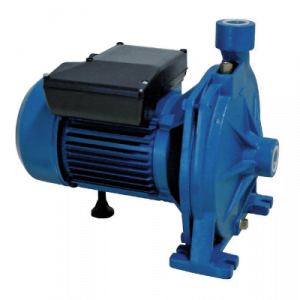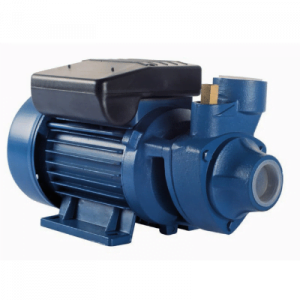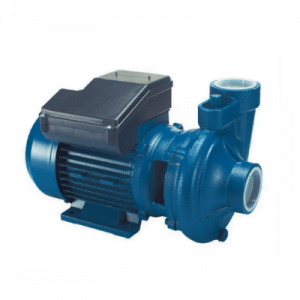Plumbing is a critical aspect of any building, ensuring that water flows efficiently and waste is disposed of properly. Whether you’re a professional plumber or a DIY enthusiast, understanding the various plumbing materials available is essential for completing your projects effectively. This guide will explore the most commonly used plumbing materials, their applications, and the factors to consider when choosing the right ones for your needs.
Key Plumbing Materials
- Pipes
- PVC (Polyvinyl Chloride): Lightweight, easy to install, and resistant to corrosion. Ideal for cold water applications and drainage systems.
- CPVC (Chlorinated Polyvinyl Chloride): Similar to PVC but can handle higher temperatures, making it suitable for both hot and cold water lines.
- PEX (Cross-linked Polyethylene): Flexible, durable, and easy to install. Commonly used for both hot and cold water supply lines.
- Copper: Durable and resistant to bacteria. Often used for hot and cold water supply in homes and buildings.
- Galvanized Steel: Strong and durable, but prone to corrosion over time. Used in older homes and for outdoor applications.
- Cast Iron: Highly durable and used mainly for drainage and waste piping. It is heavy and more challenging to install.
- Fittings
- Elbows: Change the direction of the piping system.
- Tees: Allow branching of the pipe system.
- Couplings: Connect two pipes together.
- Reducers: Connect pipes of different diameters.
- Adapters: Connect pipes of different types (e.g., PVC to copper).
- Valves
- Ball Valves: Provide shut-off control with a quarter-turn lever.
- Gate Valves: Control water flow by raising or lowering a gate.
- Check Valves: Allow water flow in one direction only, preventing backflow.
- Pressure Relief Valves: Protect the system from excessive pressure.
- Fixtures and Faucets
- Sinks: Available in various materials like stainless steel, porcelain, and composite.
- Toilets: Different designs include one-piece, two-piece, wall-mounted, and tankless.
- Bathtubs and Showers: Made from materials like acrylic, fiberglass, cast iron, and steel.
- Faucets: Single-handle, double-handle, and touchless varieties.
- Sealants and Adhesives
- Pipe Dope (Thread Sealant): Applied to threaded pipe connections to prevent leaks.
- Plumber’s Putty: Used to seal joints and fixtures.
- PVC Cement: Bonds PVC pipes and fittings.
- Silicone Sealant: Waterproof sealant for joints and fixtures.
- Tools
- Pipe Wrenches: For gripping and turning pipes.
- Pipe Cutters: Used to cut various types of pipes.
- Plumber’s Tape (Teflon Tape): Used to seal threaded pipe connections.
- Plunger: Essential for clearing clogs in drains.
- Auger (Plumber’s Snake): Used to clear blockages in pipes.
Choosing the Right Plumbing Materials
When selecting plumbing materials, consider the following factors:

- Application
- Water Supply: Use materials like PEX, copper, or CPVC that can handle both hot and cold water.
- Drainage and Waste: Cast iron, PVC, and ABS (Acrylonitrile Butadiene Styrene) are commonly used for their durability and corrosion resistance.
- Durability
- Opt for materials that will last long in your specific environment. For example, choose corrosion-resistant materials for areas with high humidity.
- Ease of Installation
- For DIY projects, materials like PEX and PVC are easier to handle and install compared to copper or galvanized steel.
- Cost
- Balance your budget with the quality and durability of the materials. While some options like copper are more expensive, they offer longevity and reliability.
- Local Building Codes
- Ensure the materials you choose comply with local building codes and regulations. Some regions have specific requirements for certain applications.
- Environmental Factors
- Consider the environmental impact of the materials. For instance, copper and PEX are more environmentally friendly compared to PVC and other plastics.
Conclusion

Understanding the various plumbing materials and their applications is crucial for any plumbing project. By choosing the right pipes, fittings, valves, fixtures, and tools, you can ensure a successful and durable installation. Whether you’re tackling asimple repair or a major renovation, this guide provides the foundational knowledge to select the best materials for your plumbing needs. Always remember to consider factors like application, durability, ease of installation, cost, local codes, and environmental impact when making your choices.
Buy your Plumbing Materials now . CLICK to get the best deals – Shop Plumbing Materials Online Now

